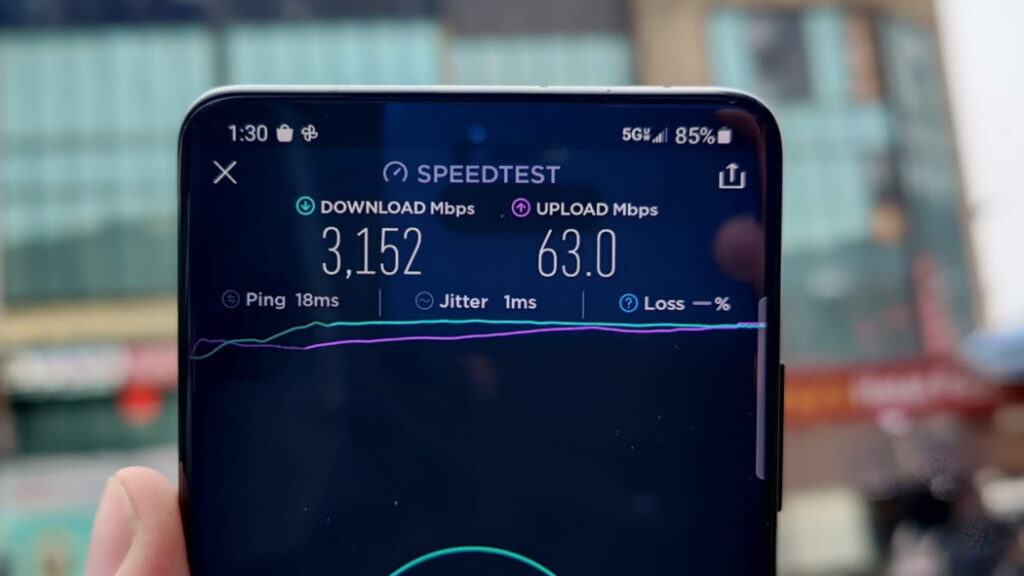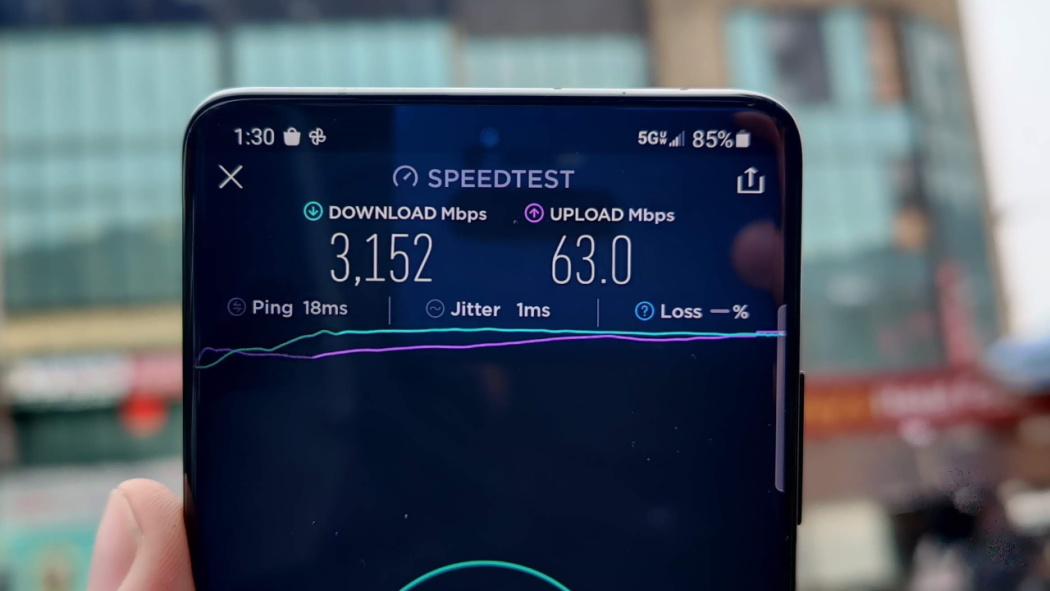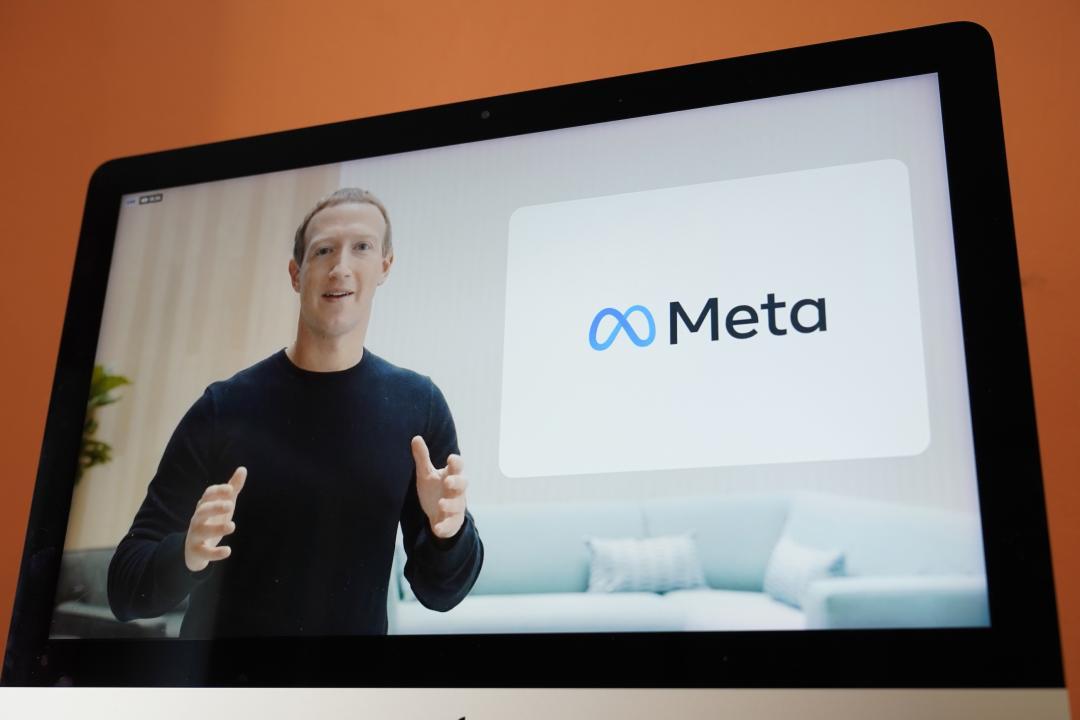After sharing the frequency bands in September 2020, the telephone operators began, in 2021, the deployment of 5G. 5G, for “5th generation of mobile telephony”, offers better speed and a much lower latency time than 4G. Its deployment is justified by the risk of saturation which threatens the telephone networks, faced with the increase in uses.

Digital, a growing sector
Digital is a growing sector and 5G is a good practical case. According to a study published by the Shift Project , the digital sector is growing by 6% per year. This growth would lead to a doubling of energy consumption by 2030. 5G will play a major role in this growth. Indeed, the switch to 5G will require the renewal of the entire fleet of smartphones. One billion more smartphones are expected in 2025 compared to today.
5G will develop new uses such as connected objects. It is estimated that there are 10 billion connected objects today and that there will be 30 billion by 2030 . The manufacture, use and recycling of these objects has a strong carbon and energy balance. The rise of these connected objects, as well as the increase in mobile use and the growing consumption of videos, will also cause a sharp increase in data traffic. It is estimated that data traffic could increase by 30 to 59% by 2026. This will lead to increased energy consumption.
However, if we want to hope to limit global warming to 2 ° C by 2100, each sector must reduce its emissions by 5% per year and digital technology is no exception! Is a 5G deployment that respects climate commitments possible? Is building an adapted and efficient digital governance possible? The French government has decided to deploy this technology without applying a moratorium or prior studies on the environmental impacts of 5G. However, it is not too late for a reasoned deployment of 5G. We give you more details.
Evaluate the relevance of 5G and certain uses
As the authors of the Shift Project study explain, it is about evaluating the relevance of new technology such as 5G and the new uses it allows. In a context of a tight carbon budget, we cannot afford to develop new technologies just because we are capable of it. The new technologies deployed must be necessary for us.
To assess the relevance of technology, we can imagine a balance with the negative side, the environmental costs and the positive side, the societal benefits, and the opportunities for the energy transition. Societal benefit is assessed by asking whether the technology is real and where the infrastructure will be needed. If we take the example of telesurgery, which has been cited a lot in the debate on 5G, we can wonder if it is realistic today to have an operation at home, what robot surgeon we will need and where these robots will need to be deployed. Once we have completed the balance, we look at the net impact. To decide to deploy a technology, this net impact must be positive. This assessment should be carried out systematically, for each technology.
Solutions for reasoned governance of 5G
Is relying on increased energy efficiency enough?
Energy efficiency means consuming less energy while performing the same action. We could say that increasing this energy efficiency could be enough to reduce the carbon footprint of 5G. The equipment is more and more efficient. Would this allow digital technology to meet France’s climate commitments? Energy efficiency is actually increasing: between standard 4G and today’s 4G, energy savings have been multiplied by 2 and they are multiplied by 10 when changing generation.
But we must not confuse the energy gain on a piece of equipment and the energy gain on the network. Equipment operates optimally when it is at saturation point. However, telephone equipment is operating at 15-20% of its capacity. This reduces energy gains. In addition, the more the frequency of the waves is increased and the more the power decreases, the range is less. It will therefore be necessary to densify the network with 5G, to multiply the equipment. If the equipment consumes less but there are more, no energy gain is observed. The authors of the Shift Project study conclude that the energy efficiency of telephone equipment is progressing rapidly. But it is progressing at an insufficient rate to offset the increase in data traffic.
3 main axes for a reasoned 5G
The authors of the Shift Project study make three observations about the current governance of 5G. They then propose 3 solutions to remedy it.
The first observation is that there is a political debate but that it is polarized. To respond to this, concerted governance should be put in place involving public authorities, regulators, economic players, and civil society. At the regional level, elected officials should be given the opportunity to organize public consultations to identify needs. Together, the various actors of the community will be able to agree on a deployment. At the European level, coherent governance bodies at the European Union level should be developed.
The second observation is that the deployment trajectories need an operational vision. In response, we must create sustainable operational, technological, and economic models. This involves, for example, extending the lifespan of devices, enhancing the value of the second hand, avoiding automatic videos or continuous streaming, lowering the quality of the videos. Regarding this last point, Arcep (the French Electronic Communications and Post Regulatory Authority) had asked certain streaming platforms to reduce the quality of videos to cope with the increase in traffic due to the first confinement. This drop in quality had not led to any complaints from users and had relieved the network.
The last observation is a need to think quantitatively. The tools and methodologies for digital management should be developed. First of all, we must set targets for digital in accordance with the 2 ° C trajectory. Then, we must develop tools to assess the carbon and energy impact of digital technology. Finally, it is necessary to develop monitoring tools that make it possible to measure the effectiveness of digital governance and to adjust it to achieve the objectives.



